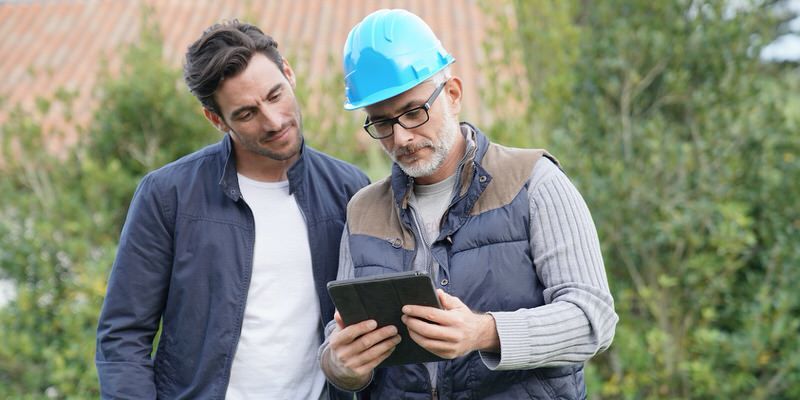Parents to the Rescue for Young Homebuyers
Following a huge run-up in prices over the last several years, housing has become very expensive in many of the country’s key markets.
Just ask the 24% of Canadian parents who say they’ve had to help their children over the age of 18 buy a home.
And when it comes to renting, 35% of parents with children over 18 say they help with rent payments, according to the Housing Affordability Study commissioned by FP Canada.
Expectations are high among parents of those under 18 that they’ll also be on the hook when it comes time for their children to buy their first home. Nearly half (48%) say they intend to help their children with their first home purchase, up from 43% in 2017.
“With house prices at unprecedented levels in many regions of the country, it’s nearly impossible for many young Canadians to get into the market without assistance from their parents,” Kelley Keehn, consumer advocate for FP Canada, said in a statement.
“That’s putting pressure on parents to take drastic steps to help their children buy a home, including tapping into their retirement savings or their own home equity.”
Repercussions for the parents
With more cash flow going to support their children’s shelter costs, a growing number of Canadians are finding that assistance is coming at the expense of their retirement plans.
Nearly 4 in 10 (39%) say helping their children to buy a home will postpone their retirement—up from 27% in 2017.
Another 30% say they’ll have to tap into retirement savings in order to help with their children’s home purchase (up from 21% two years ago), while 26% plan to tap into their home equity (up from 23%).
Illustrating the lengths some parents will go to help their children enter the housing market, 34% admit that assistance will prevent them from paying off their own debt (up from 22%).
“Even though it’s natural to want to help your children, it’s essential to carefully consider the impact on your own financial security before helping with such a huge purchase,” Keehn added.
Other key findings:
- Older parents (55+) were more likely to have assisted their children with buying a home (27%) vs. 15% of parents who are younger than 55.
- Those in Atlantic Canada (32%), Manitoba and Saskatchewan (32%) were more likely to have helped.
- Parents living in urban areas are “significantly” more likely to dip into retirement savings or home equity to assist their children than those living in rural areas.
This article was written by Steve Huebl and was originally published on the Canadian Mortgage Trendsblog on July 26th 2019.




